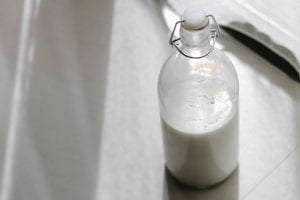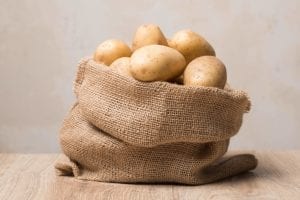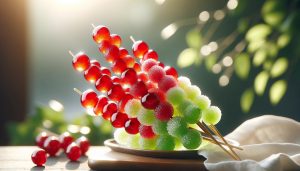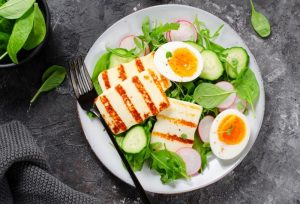
Experiencing issues with your tanghulu not hardening as expected can be frustrating, especially when you’re looking forward to enjoying this crunchy, sweet treat. Here, we’ll dissect the potential reasons behind this culinary challenge and offer practical solutions to ensure your tanghulu turns out perfect every time.
Understanding the Science Behind Tanghulu Hardening
Tanghulu traditionally hardens due to the crystallization of sugar when it cools down. The process involves boiling sugar, water, and sometimes a touch of vinegar to create a syrup that, once cooled, forms a hard, glass-like coating around the fruit. If this isn’t happening, a few factors could be at play:
1. Incorrect Sugar Syrup Temperature
Achieving the right temperature is crucial for the syrup to harden properly:
- Too Low: If the syrup doesn’t reach the hard crack stage (300°F to 310°F), it won’t set into a hard shell.
- Too High: Exceeding this temperature range can cause the sugar to burn, which affects the hardening and flavor.
Solution: Use a candy thermometer to monitor the syrup’s temperature precisely. Make sure it reaches the hard crack stage before removing it from the heat.
2. Humidity Levels
High humidity can be a major hindrance in the hardening process of tanghulu:
- Moisture in the Air: Excessive moisture can prevent the sugar from setting properly, leading to a sticky or chewy texture rather than a crisp shell.
Solution: Try making tanghulu on dry days or in an air-conditioned environment where you can control humidity levels more effectively.
3. Impurities in the Sugar
The purity of your sugar can affect how well your syrup hardens:
- Contaminants: Even small amounts of impurities in the sugar can inhibit crystallization, leading to syrup that doesn’t harden.
Solution: Ensure you’re using pure, high-quality sugar and avoid any cross-contamination.
Step-by-Step Guide to Perfect Tanghulu
Here’s how to ensure your tanghulu hardens properly every time:
Ingredients and Tools
- High-quality granulated sugar
- Clean water
- Candy thermometer
- Skewered fruits (commonly strawberries, grapes, or kiwi)
Procedure
- Prepare Your Fruit:
- Wash and thoroughly dry the fruit.
- Skewer the fruit and make sure no water remains on the surface.
- Cook the Syrup:
- Combine equal parts sugar and water in a saucepan over medium heat.
- Stir until the sugar dissolves completely then stop stirring to avoid crystallizing the sugar on the sides of the pan.
- Heat to Hard Crack Stage:
- Insert the candy thermometer and let the syrup boil until it reaches 300°F to 310°F. Watch closely to avoid overheating.
- Optionally, add a small amount of vinegar to help prevent crystallization.
- Dip the Fruit:
- Once the syrup reaches the correct temperature, quickly dip the skewered fruit into the syrup.
- Ensure each piece is evenly coated and let the excess drip off.
- Cooling:
- Place the coated fruit on a baking sheet lined with parchment paper.
- Allow to cool completely at room temperature. Avoid touching or moving the fruit until the syrup has hardened.
Tips for Success
- Consistency in Temperature: Consistent heat is key. If the temperature fluctuates, the syrup may not reach the necessary state for hardening.
- Quick Dipping: Work swiftly when dipping the fruit into the hot syrup to ensure an even coating before the temperature of the syrup drops.
- Proper Cooling: Do not refrigerate as this can introduce moisture and soften the sugar coating.
Troubleshooting Common Problems
If you encounter issues, here’s how to address them:
- Syrup is Too Thick: If the syrup becomes too thick before dipping, it may not coat the fruit properly. Reheat gently while monitoring the temperature.
- Syrup Hardens Too Quickly: This can occur if the syrup exceeds the hard crack stage. It’s essential to keep an eye on the temperature constantly.
- Cloudy or Opaque Coating: This might happen due to crystallization of sugar in the syrup. Ensure the sugar is completely dissolved before heating and avoid stirring once boiling.
Last Resort Solutions
If all else fails, consider these last-ditch efforts:
- Adjust the Recipe: Experiment with slight variations in sugar-to-water ratio. A bit more water might help in achieving the right consistency.
- Change the Environment: If humidity is an issue, a dehumidifier can help create the right environment for making tanghulu.
- Trial and Error: Sometimes, perfecting tanghulu takes practice. Each attempt helps you understand how slight changes affect the outcome.
Final Thoughts
Making perfect tanghulu involves precision and attention to detail. By understanding and controlling the factors that affect the hardening of the sugar syrup, you can consistently create this delightful treat with a satisfyingly crisp shell. Patience and practice are your best tools in mastering the art of tanghulu.
Was this page helpful?
Read Next: How to Make Mushroom Coffee











